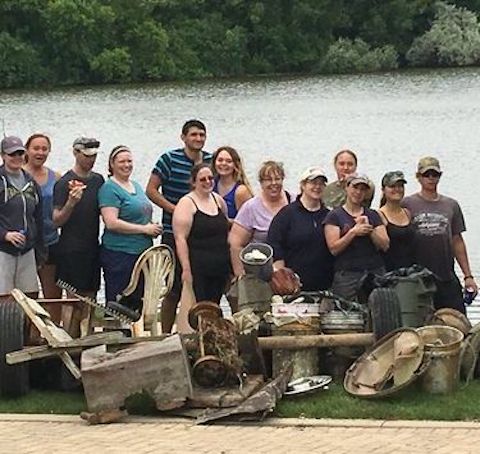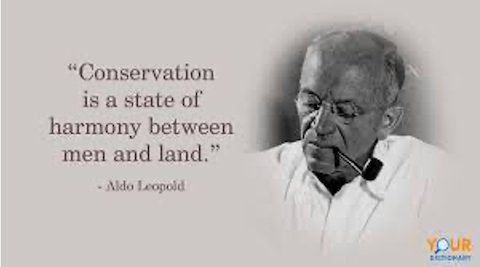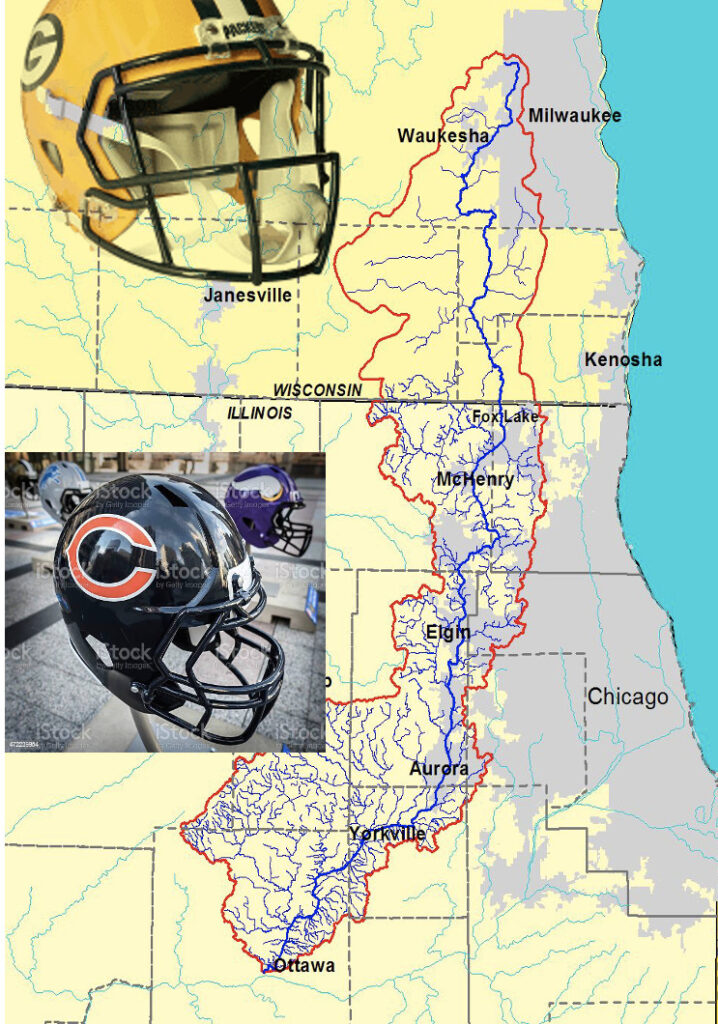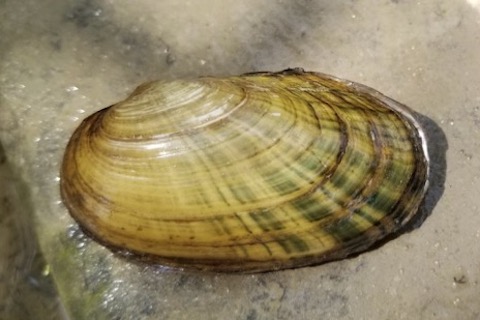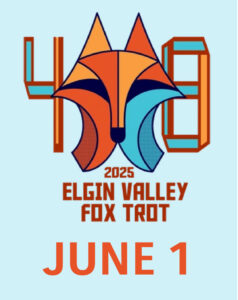Humans are generally social creatures. We survive and thrive by working together. We are all individuals. For a variety of reasons, we develop relationships. We find commonality with others as siblings, neighbors, classmates, partners, friends, colleagues and more. By cooperating and collaborating with others, we can better achieve our common interests and aspirations. These groups are known as communities. At Friends of the Fox River, we say, “Together, we keep on fixin’ the Fox.”
It’s an Ecosystem
A biological community is defined as an interacting group of various species in a common location. For example, a forest community may contain trees as the dominant plant group but they impact and are impacted by understory woody vegetation, an herbaceous layer of supporting soil which contains a realm of fungi, bacteria, and microorganisms. Rising from there is the plant-dependent animal community that usually contains insects, amphibians, reptiles, birds, mammals, and if a wetland, fish. The resulting relationships include hosts, parasites, predators, prey, symbiosis, commensalism, mutualism, and competition. It can get very complex in scope when non-living factors are considered, like temperature, shade, mineral content, moisture holding capacity, and slope.
Community
A human community is a social unit of living things joined through commonality such as place, norms, religion, values, customs, or identity. Communities may share a sense of place situated in a defined geographical area, e.g., a country, village, town, or neighborhood, or in virtual spaces through communication platforms. Another common definition of community describes a group of people with diverse characteristics who are linked by social ties, share common perspectives, and engage in joint action in geographical locations or settings – much like the Fox River Watershed.
Land Ethic
Philosopher, father of ecological land management, and mentor, Aldo Leopold speaks of a “Land Ethic.” Ethics direct all members of a community to treat one another with respect for their mutual benefit. A land ethic expands the definition of “community” to include not only humans but all of the other parts of the Earth as well. The other parts include soils, waters, plants and animals, or what Leopold called “the land.” The Fox River Watershed is our land.
When we see land as a community to
which we belong, we may begin to use
it with love and respect.
Watershed Connections
Let’s bring in the concept of a watershed as our community’s physical boundary. A watershed is an area of land that drains all the surface and groundwater to a common location. The Tyler Creek Watershed, west of Elgin, is one of 34 sub-watersheds that create the Fox River Watershed. The Fox is part of the Illinois River Watershed and that of the mighty Mississippi River Watershed that empties in the Gulf of Mexico. A drop of melting snow in Elgin may find its way to the ocean and a plastic bottle may follow that same path.
Watershed Community
We all benefit from the beauty and abundant recreational opportunities in our watershed. Thinking with a watershed community perspective is essential for managing this community’s stability. Because our storm and wastewater is carried to the next town downstream and because the Fox River is a drinking water source for 300,000 people, regulations are imperative if we are to be good watershed neighbors. It is estimated that a drop of water that emerges from the ground at the Fox River’s source near Menominee Falls, Wisconsin will travel seven days to reach the Illinois River at Ottawa, Illinois. As it passes each town along the way, it’s only there for a few miles and maybe only an hour.
Stepping Over a State Line
When we insert Leopold’s “Land Ethic” we begin to apply some of the relationships found in biological communities. Are we demonstrating respect if we are negatively impacting habitat, water quality, or community members? Not really. Thinking like a watershed community requires seeing ourselves as part of a 200-mile-long organism that we share as a resource. It requires re-imagining municipal boundaries, the most difficult and significant of which is a state line. It is not just a football rivalry that separates us but taxing bodies of state government that control funding for our important river managers, namely the Illinois and Wisconsin Departments of Natural Resources.
Collaboration
Friends of the Fox River founder, Pat Reese proclaimed early on that a bi-state commission would be necessary to achieve meaningful management decisions – by thinking and acting as a watershed community. This has its significant challenges but progress is being made. It takes collaboration.
Several watershed protection groups are leading the way. Although they have different niches and jurisdictions, their missions are similar enough to facilitate partnerships. In Wisconsin, it’s the Southeast Wisconsin Regional Planning Commission. In Illinois, we have the Friends of the Fox River, Fox River Ecosystem Partnership, and the Fox River Study Group as river-focused players. Additionally, many partner groups like the Conservation Foundation, Illinois Sierra Club, St. Charles and Fox Valley Park Districts, and county level agencies assist with initiatives. What differentiates Friends of the Fox River from our river protection partners is that FOTFR is the only group that has the entire watershed as our border.
National Level
The Fabulous Fox Water Trail! (Wisconsin and Illinois partnered with the National Park Service) and the Hackmatack National Wildlife Refuge (United States Fish and Wildlife Service) are two examples of watershed work across state lines. Also, a unified mussel survey is being conducted by the Wisconsin Department of Natural Resources, Illinois Natural History Survey, and the Illinois Department of Natural Resources. These are very significant boundary-breaching efforts.
Join Us as a Watershed Community
The aforementioned list of watershed protection groups is offering a film for the One Earth Film Festival, Going Circular, on Thursday March 9th at Waubonsee Community College Aurora campus and the 11th year of the Fox Summit occurs on Thursday March 16th in Burlington, Wisconsin. It’s Our Fox River Day (IOFRD) on September 16th another watershed-wide celebration that facilitates a watershed-focused mentality as demonstrated by IOFRD 2022, which involved 50 partner organizations.
Please join us whenever and wherever you can to help us build a watershed community of caretakers.



